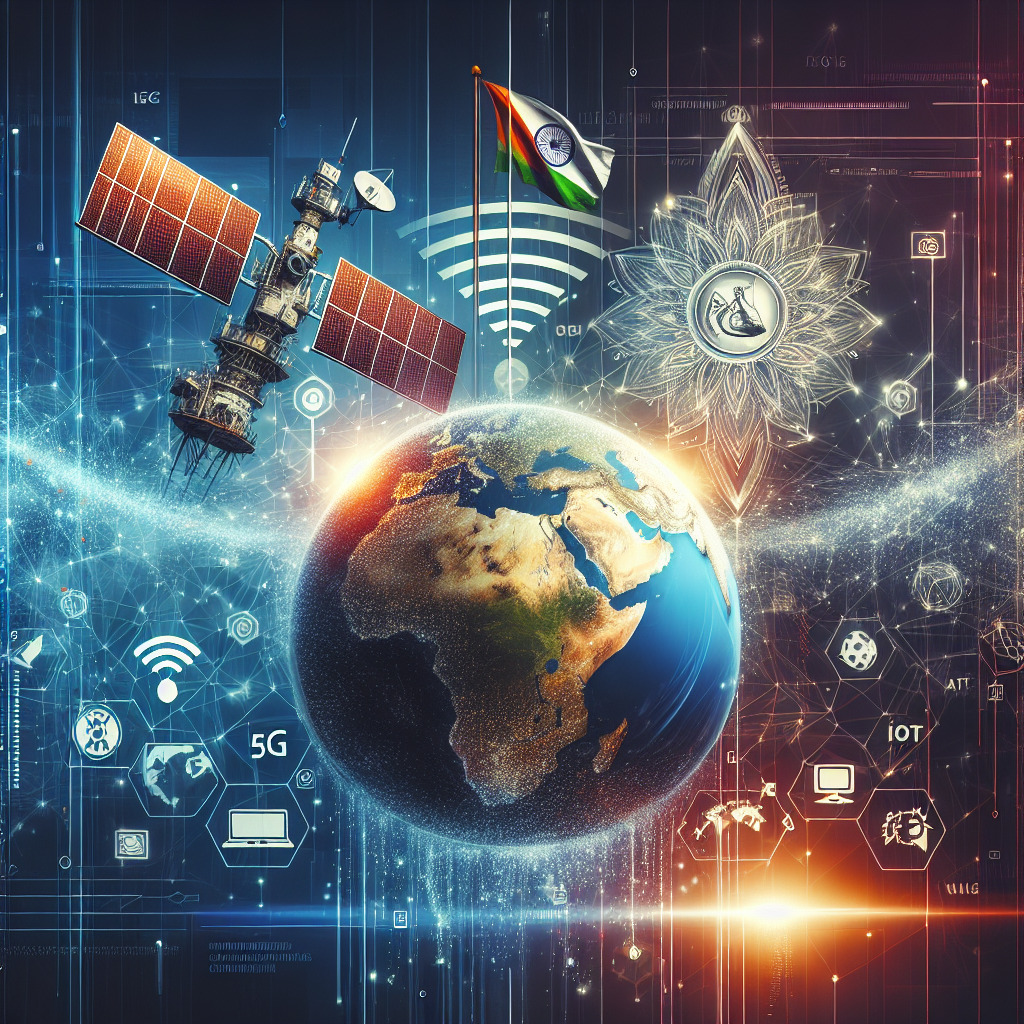Key Takeaways
Introduction
Starlink, the satellite internet service operated by SpaceX, recently obtained a significant milestone by securing a license from the Telecommunications Regulatory Commission of Sri Lanka (TRCSL). This approval permits Starlink to offer satellite broadband services in Sri Lanka, a country that has been making legislative efforts to modernize and invigorate its telecommunications sector.
License and Legislative Changes
TRCSL License: After initiating contact with Sri Lanka in March with a robust proposal, Starlink received the green light to commence operations. The TRCSL has officially granted the license required to provide satellite broadband services, opening doors for enhanced connectivity throughout the nation.
Legislative Update: An important driver behind this development is the telecommunications bill that was recently passed. This new bill is the first significant amendment in 28 years and aims to foster a more competitive and fair market within Sri Lanka. This update is a monumental step that paves the way for new players like Starlink to enter the market. As part of the agreement, Starlink will pay a tariff for the obtained license.
Market and Industry Impact
Broadband Expansion: Starlink’s entry is expected to revolutionize broadband coverage in Sri Lanka. Especially beneficial for remote and underserved locations, Starlink utilizes satellite-to-device connectivity to deliver quality internet service where traditional infrastructure falls short. This could drastically reduce the digital divide and boost economic growth in rural areas.
Greater Convergence: The market is witnessing what many refer to as the “Great Convergence”—the merging of terrestrial cellular and satellite systems. This convergence brings forth advanced and affordable communications options, bridging the gap between various forms of connectivity and making high-speed internet more accessible to everyone.
Industry Trends
Growth in IoT Satellites: The broader satellite industry shows promising trends that align with Starlink’s ambitions. According to a report by Juniper Research, the number of satellites capable of IoT connectivity is expected to surge by 15% over the next five years. This increase—from 10,000 satellites in 2024 to over 24,000 by 2029—bolsters the potential for various connected services, from agriculture to smart cities.
Starlink’s Market Share: At present, Starlink controls roughly 60% of the 7,500 satellites currently orbiting Earth. This dominant position highlights Starlink’s substantial role in the global satellite internet landscape, promising reliable and expansive service coverage.
Recent Developments
New Satellites: In a remarkable achievement this June, SpaceX celebrated the 14th anniversary of the Falcon 9 rocket’s first launch by deploying 20 new satellites. Of these, 13 are specifically designed to support direct-to-cellular capabilities. In total, 26 satellites were launched over the past month, which signifies more than 8% of the satellites required for the initial roll-out of direct-to-cellular service.
Conclusion
The approval of Starlink’s license to operate in Sri Lanka signifies not just a pivotal moment for the company, but also a major step forward in the enhancement of Sri Lanka’s telecommunications infrastructure. The synergetic blend of timely legislative support and cutting-edge satellite technology poises Sri Lanka to be a noteworthy participant in the global telecommunications arena.
By delivering high-speed internet to remote and underserved regions, Starlink is not only expanding its market but also contributing to Sri Lanka’s journey towards a more connected and technologically advanced society. This initiative can thus be viewed as a game-changer, promising to bridge the digital divide and drive significant socio-economic benefits. As the “Great Convergence” continues to unfold, the implications for both the broadband market and end users are profound and promising.




